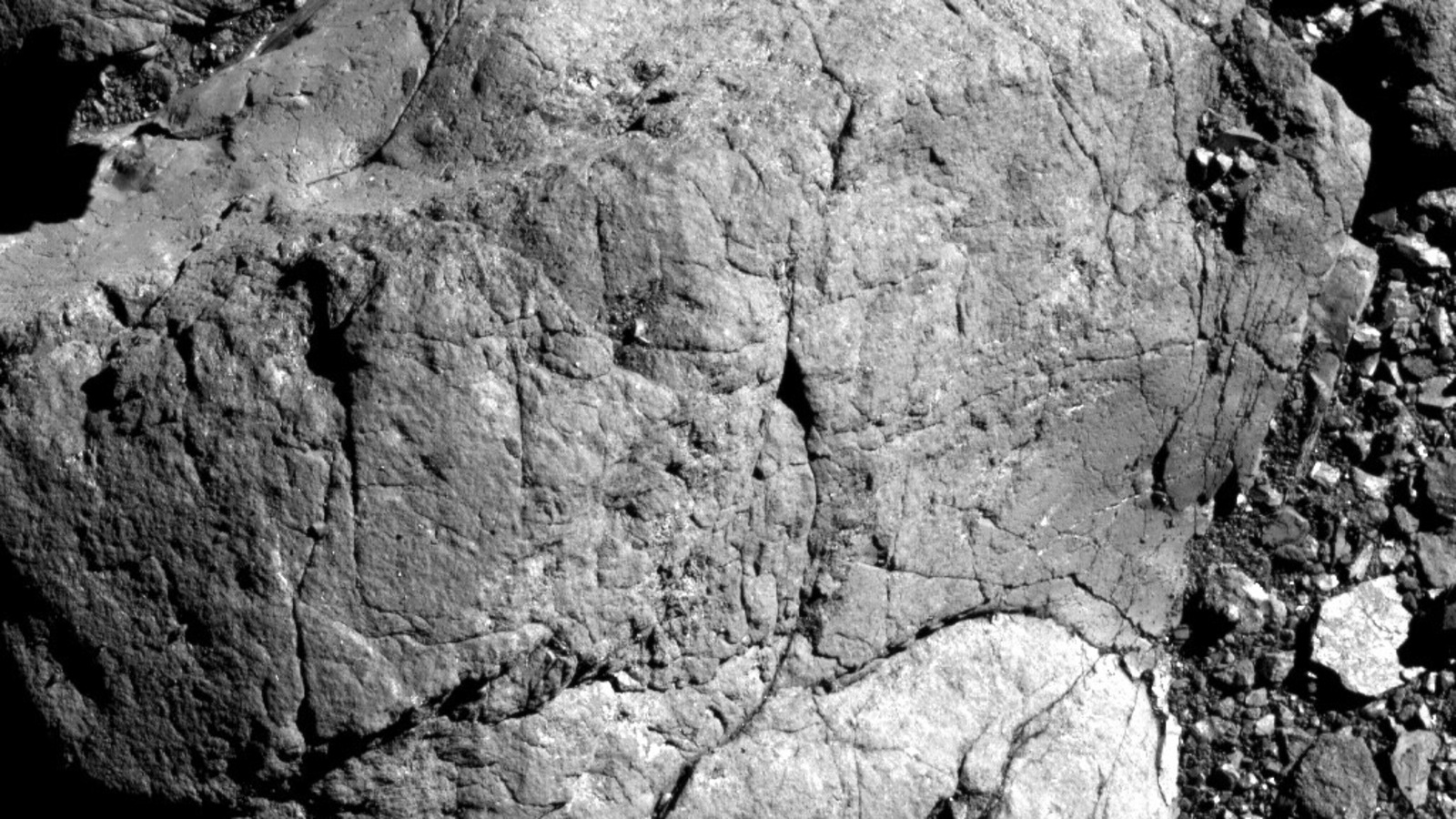Surface regeneration quicker on asteroids than Earth, says NASA
NASA has revealed that some asteroids are aged early by the Sun, with surface rocks fracturing in just 10,000-1,00,000 years. It also said that surface regeneration happens a lot quicker on asteroids than on Earth.
NASA in its latest finding has revealed that some asteroids are aged early by the Sun with surface rocks fracturing in just 10,000-1,00,000 years. The research body was analysing images taken by the OSIRIS-REx spacecraft during which a weathering process that happens fast has been revealed. “Scientists from NASA’s OSIRIS-REx mission learned that surface regeneration happens a lot quicker on asteroids than on Earth.”
NASA has analyzed rock fractures on asteroid Bennu from high-resolution images taken by the OSIRIS-REx spacecraft. This information will help scientists estimate how long it takes boulders on asteroids like Bennu to break down into smaller particles, which may either eject into space or stay on the asteroid’s surface.
Tens of thousands of years might sound pretty slow, but “we thought surface regeneration on asteroids took a few millions of years,” said Marco Delbo, senior scientist at Université Côte d’Azur, CNRS, Observatoire de la Côte d’Azur, Laboratoire Lagrange, Nice, France, and lead author of a paper published June 2022 in Nature Geoscience. “We were surprised to learn that the aging and weathering process on asteroids happens so quickly, geologically speaking,” as quoted by NASA.
The surface on Earth can change suddenly due to landslides, volcanoes, and earthquakes. But, usually changes are gradual. While, water, wind, and temperature changes slowly break down rock layers, creating new surfaces over millions of years.
NASA informed, “Rapid temperature changes on Bennu create internal stress that fractures and breaks down rocks, similar to how a cold glass breaks under hot water. The Sun rises every 4.3 hours on Bennu. At the equator, daytime highs can reach almost 260 F (about 127 C), and nighttime lows plummet to nearly minus 10 F (about minus 23 C).”
OSIRIS-REx scientists spotted cracks in the rocks in spacecraft images from the first surveys of the asteroid. The fractures seemed to point in the same direction, “a distinct signature that temperature shocks between the day and the night could be the cause,” said Delbo.
Delbo and his colleagues measured the length and angles of more than 1,500 fractures in OSIRIS-REx images by hand: some shorter than a tennis racket, others longer than a tennis court. They found the fractures predominantly align in the northwest-southeast direction, indicating they were caused by the Sun, which is shown here to be the primary force changing Bennu’s landscape.
“If landslides or impacts were moving boulders faster than the boulders were cracking, the fractures would point in random directions,” said Delbo. The scientists used a computer model and their fracture measurements to calculate the 10,000 to 100,000-year timeframe for thermal fractures to propagate and split rocks.
“The thermal fractures on Bennu are quite similar to what we find on Earth and on Mars in terms of how they form,” said Christophe Matonti, a co-author of the paper at Université Côte d’Azur, CNRS, Observatoire de la Côte d’Azur, Géoazur, Sophia-Antipolis, Valbonne, France. “It is fascinating to see that they can exist and are similar in very ‘exotic’ physical conditions [low gravity, no atmosphere], even compared to Mars.”
“Keep in mind, the topography of Bennu is young, but the rocks on the asteroids are still billions of years old and hold valuable information about the beginning of the solar system,” said Jason Dworkin, OSIRIS-REx project scientist at NASA’s Goddard Space Flight Center in Greenbelt, Maryland.
According to NASA, OSIRIS-REx (Origins, Spectral Interpretation, Resource Identification, Security-Regolith Explorer) will return a sample from Bennu to Earth on September 24, 2023.
For all the latest Technology News Click Here

